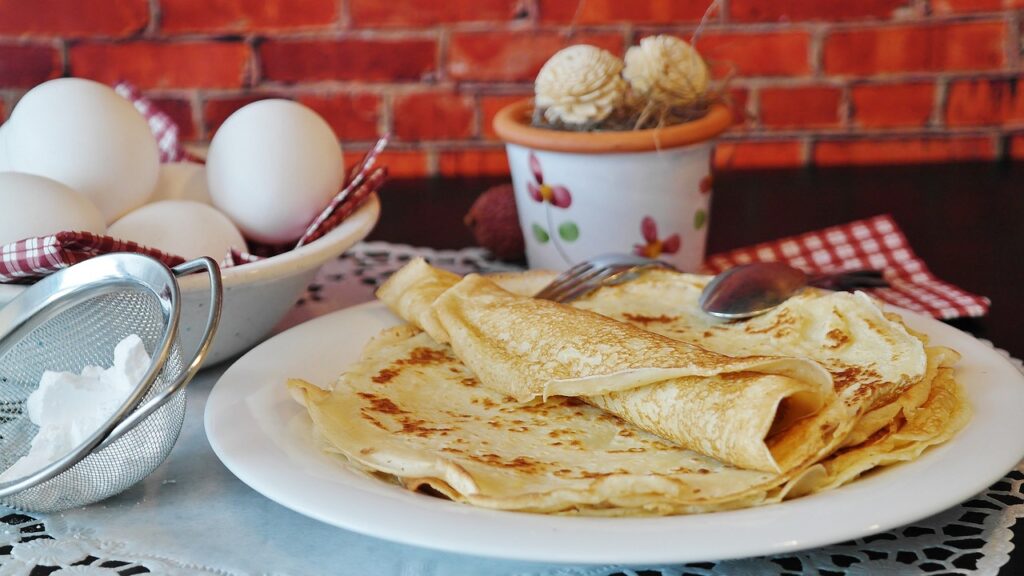washing your face with salt water
Why Use Saltwater for Cleansing?
Antibacterial: Salt inhibits the growth of several skin bacteria, reducing potential for minor breakouts. Exfoliation: Mild, nonabrasive removal of dead skin cells for improved texture. Oil Control: Salt helps draw out oil and impurities via osmosis, temporarily reducing surface shine. Barrier support: Seawater or mineralrich salt can add magnesium and other trace minerals, supporting natural skin resilience.
Routine washing your face with salt water can be a game changer for those with oily, congested, or combination skin.
How to Prepare Saltwater for the Face
- Start with clean, filtered water.
- Use 1 teaspoon of unrefined sea salt or Himalayan salt per 1 cup of water (boiled and cooled for best safety).
- Mix thoroughly—ensure all salt is fully dissolved.
- Cool the solution to lukewarm.
Discipline is key: Too strong a solution can irritate, too weak does little for cleansing.
How to Use Saltwater for Cleansing
- Remove makeup first: Oil cleanse or use a gentle makeup remover.
- Splash or apply gently: Use hands or a clean soft washcloth. Do not scrub.
- Let the saltwater sit on the skin for 30–60 seconds; this allows minerals to act.
- Rinse thoroughly with fresh water.
- Pat dry—do not rub.
- Always follow up with a barrierbuilding, fragrancefree moisturizer.
Frequency: 1–2 times per week is plenty for most; oily skins may use this method up to 3 times (rotate with regular gentle cleanser).
Benefits After Routine Use
Immediate effect: Skin feels cleaner with balanced oil, and small pimples may shrink. Longterm: Texture improves, and there’s a visible reduction in oil on forehead, nose, and chin (the Tzone). Less irritation than scrubs: For sensitive types, the method is gentler than physical exfoliants.
Washing your face with salt water is best for maintenance or targeted reset—never as a rough fix.
Risks and Drawbacks
Dryness: Overuse strips natural moisture, especially in dry climates or winter. Irritation: Skin that’s already barriercompromised (from retinoids or eczema) may sting or develop new redness after saltwater. Acneprone skin: While shortterm benefit is common, too much use can backfire, especially if not followed by moisturizer.
Always patchtest before full use.
PlantBased Pairings for Best Results
Moisturize immediately after saltwater rinse: Choose aloe, oat, or squalanebased products for best effect. Alternate with gentle, plantbased cleansers: On nonsalt days, skip exfoliation and focus on hydration. Spot treat: If dryness becomes an issue, dab saltwater only on oilier, congested areas.
When to Avoid Saltwater Cleansing
Broken, wounded, or irritated skin. After a peel, laser, or aggressive exfoliant routine. During high wind or sun exposure periods (risk of excessive drying). If you already use multiple actives (acids, retinoids, benzoyl peroxide).
Environmental and Economic Benefits
Washing your face with salt water can be done with zero waste, no packaging, and much lower cost than most commercial cleansers.
Comparing With Other Natural Cleansers
Raw honey: Gentler for sensitive skin; more moisturizing. Oat flour: Soothes and is very barriersupportive. Aloe juice: Hydrates and calms.
Saltwater adds mild exfoliation and antibacterial support, unique among plant/mineralbased routines.
Summing Up: Ideal Routine
- Night one: Makeup removal, salt water cleanse, barrier moisturizer.
- Night two: Gentle cleanser, hydration mask, SPF next morning.
- Rotate 1–2x/week based on how your skin responds.
Discipline in tracking results—softer skin, fewer breakouts, improved comfort—is more important than strict adherence to a schedule.
Final Thoughts
Saltwater cleansing is not new. The power of washing your face with salt water is in its simplicity and its ability to supplement, rather than replace, careful skincare. Use with routine, not as a panic solution, and always prioritize hydration. In skin as in structure, less can be more—if done with discipline. Try, adapt, and measure, and let honest feedback be your guide. The sea is always open for one more face.
